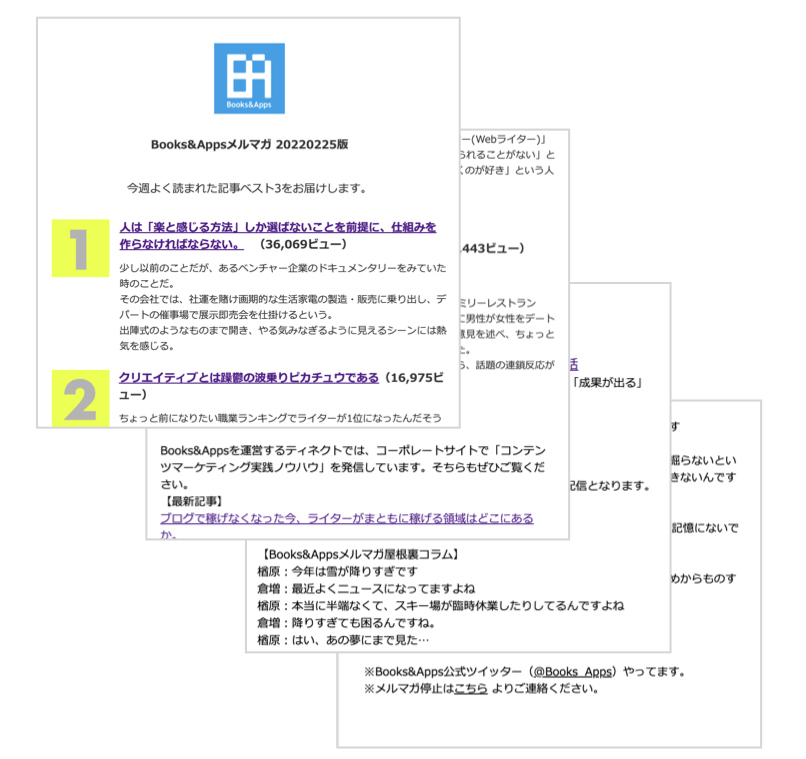The book, “The Skills of Communication” is selling well. Communication is an extremely important skill at work, but at the same time, hard to define. Many people worry about it, and try to improve speaking skills first, in order to improve communication skills.
Actually, “speaking” accounts for a large percentage of communication. Probably at 90 percent of communication, people are talking.
However, I have to say that “speaking” isn’t efficient. When you speak to someone about an important issue, it probably doesn’t come through well.
You must have seen “a person forgets most things in 3 days”.
It is not you had a bad luck, but it is a human nature.
Human beings forget things because we have limited capability of “listening”. Human brain is like “working memory” of a computer. It is not good at processing complicated or many things in a short period. When a person listens to many things at once, he/she might not understand even with careful attention and with taking notes.
Without understanding, it’s easy for a person to forget things.
When you want to inform something, “speaking only” is a bad idea.
If you’re saying “I said it before”, I would say that you are not taking responsibility as a speaker.
Is there a better way than “to speak”? I suggest you to write. Visual media such as written documents or pictures is very effective communication because a receiver can see it repeatedly.
Writing benefits “a speaker” as well.
I sometimes see a person who talks without knowing what he/she is talking about. He/she has trouble with organizing. By writing, he/she would organize “conclusion”, “reasons”, and “examples”. As a result, the receiver would understand the information better.
So prepare “written” documents or pictures to show when you “speak”.
Visual aids also help you when you are a learner. When you’re learning complicated things, “just listening” isn’t efficient. You probably want to use a written record such as books to read again and again until you understand.
Sounds familiar? Yes, it is pretty common regarding communication.
So I will tell you more. If you’d like to inform something more efficiently, I’d recommend “making”.
I’m going to tell you what to “make”.
Say, “a tool”, “a manual”, or “software”.
An example is this product, “Edison’s Chopsticks”. You’ll see it below.
When you teach a kid how to use chopsticks, a tool is much more efficient than explaining how, or handing a document. You don’t need to explain, but just have the kid use the tool to hold chopsticks in a better way.
Another example is a notebook called “Franklin Planer”.
“Franklin Planer” is promoted as a tool to “improve user’s planning skills”.
You could use this planner rather than to read many books in order to learn planning skills.
A tool is also helpful to tell someone about an abstract concept such as “way of thinking”. In that case, a movie, a film or software helps.
Here is an example. It is difficult to explain “terror of computers”. However, if you show a kid “Space Odyssey 2001”, he/she will understand it right away.
To communicate with someone is a definitely difficult task.
You might want to use “a tool” or show “a product” besides “speaking” or “writing”.
アメリカだけれど、
ブログ:いぬさん宛てのお手紙届きました。
(Photo:Werkheim)









